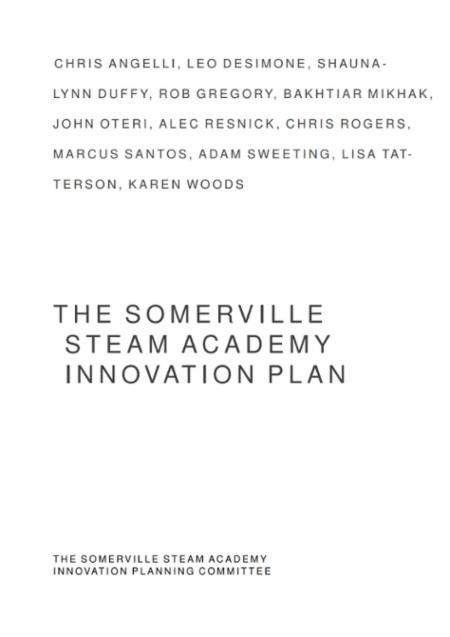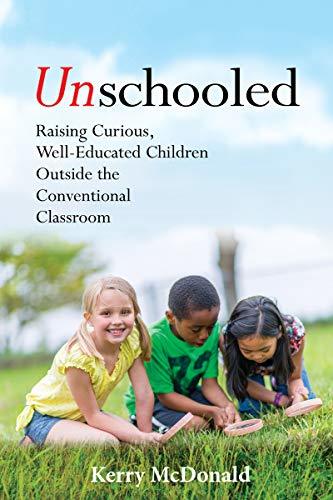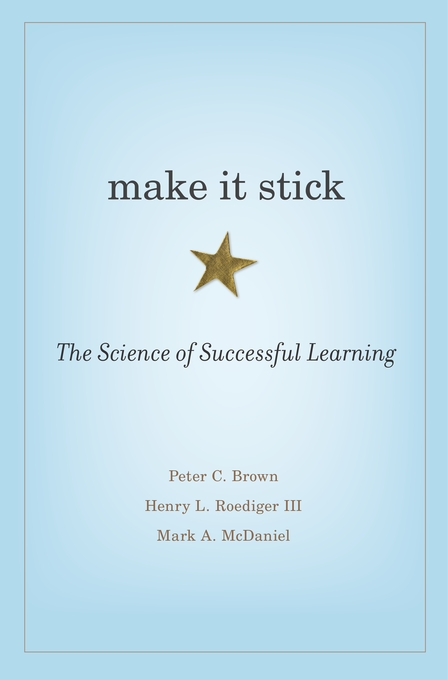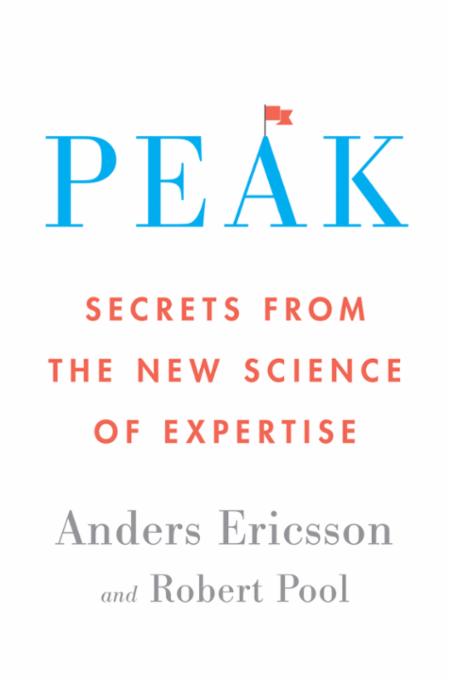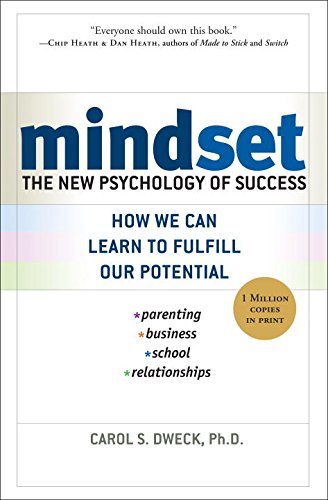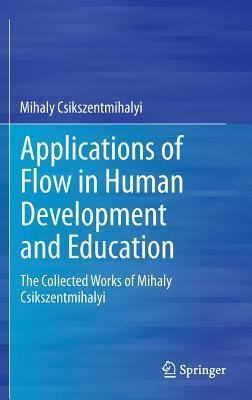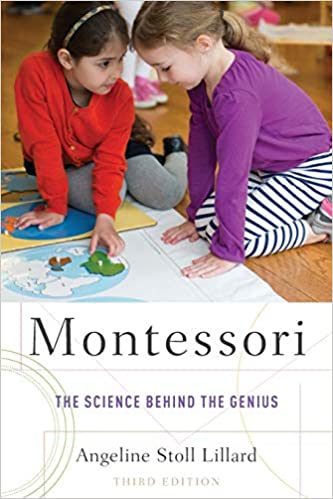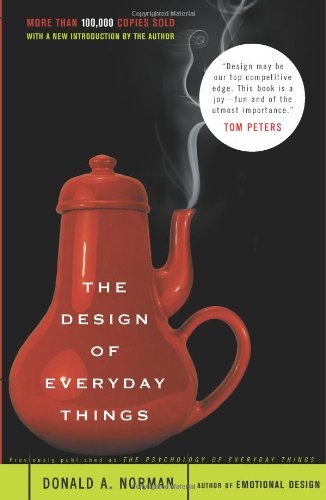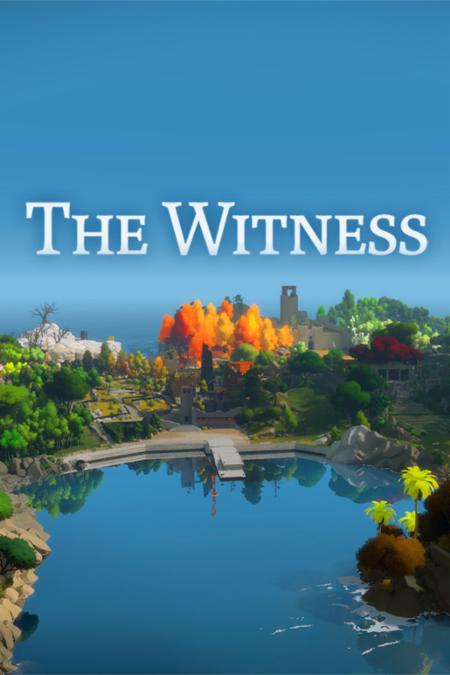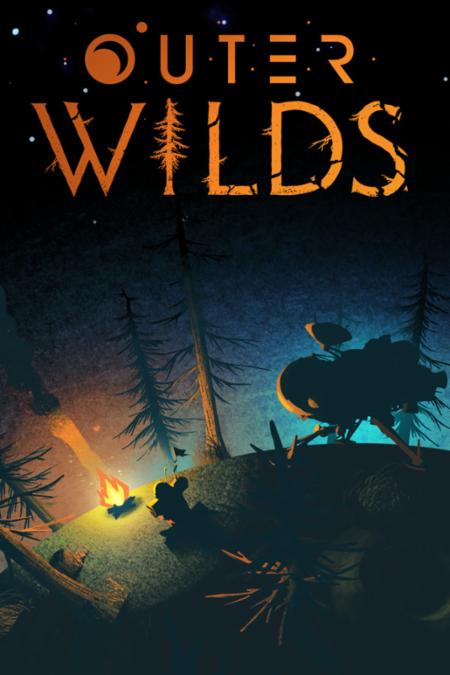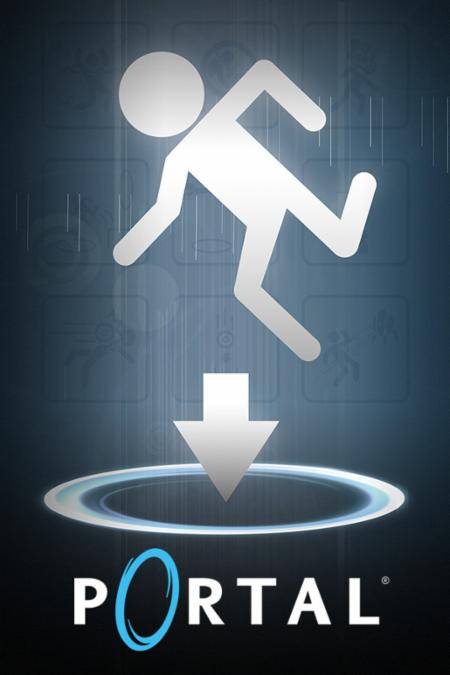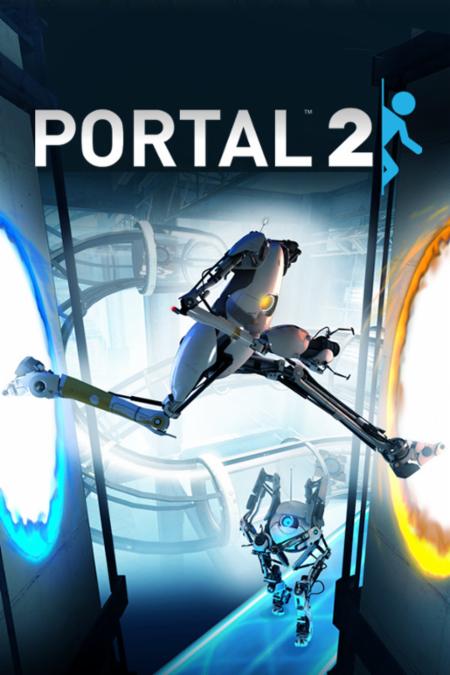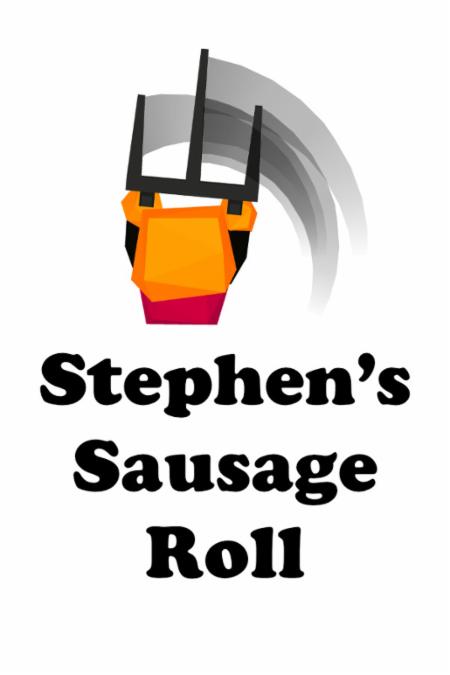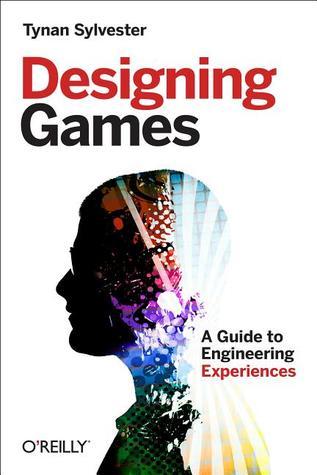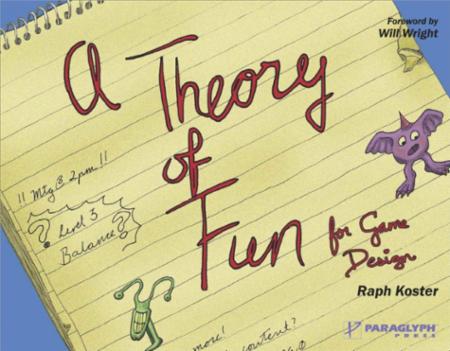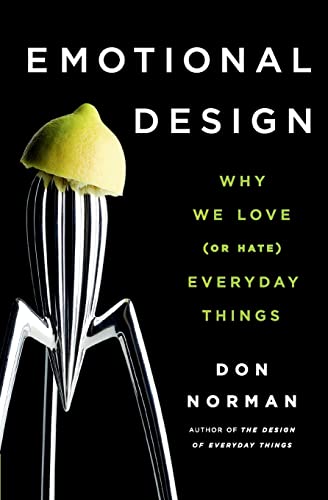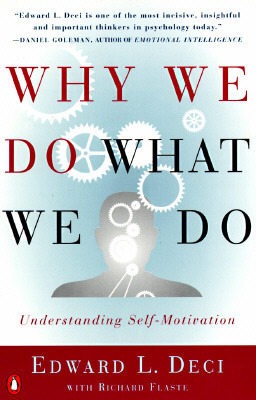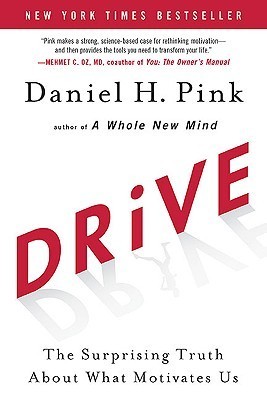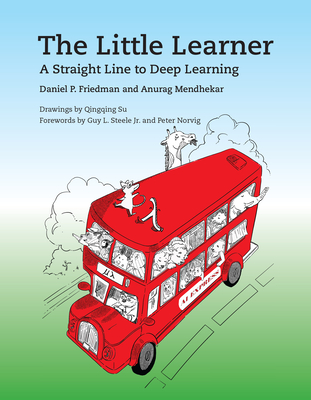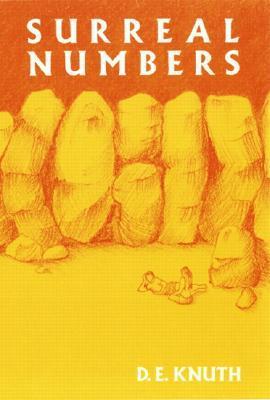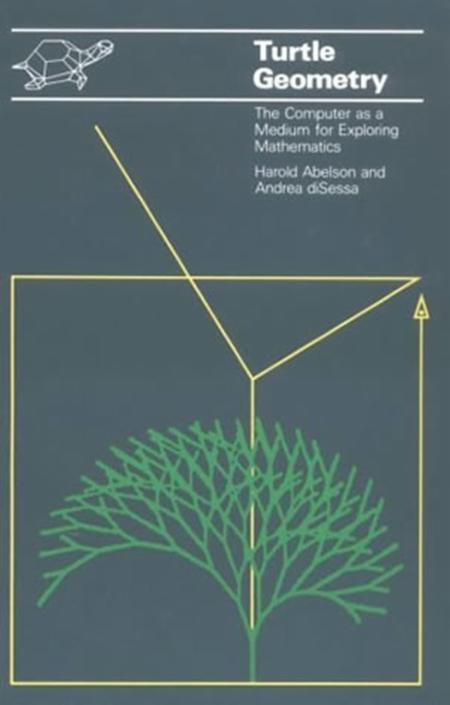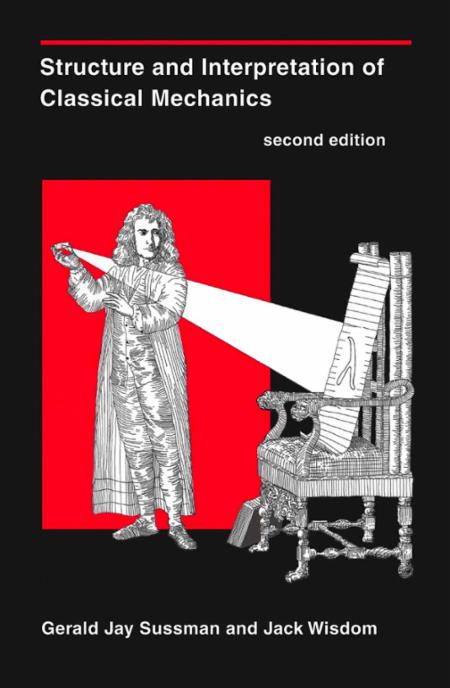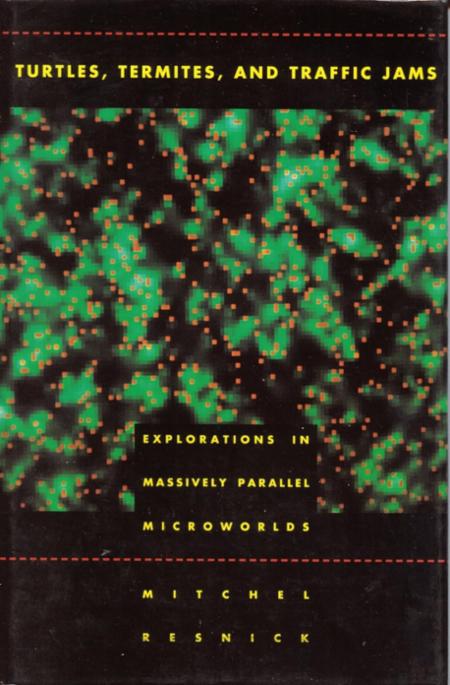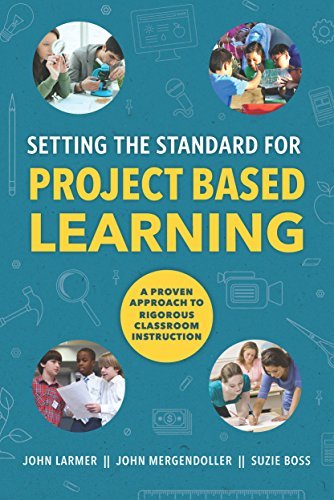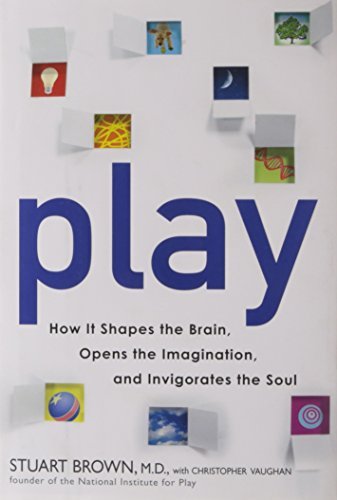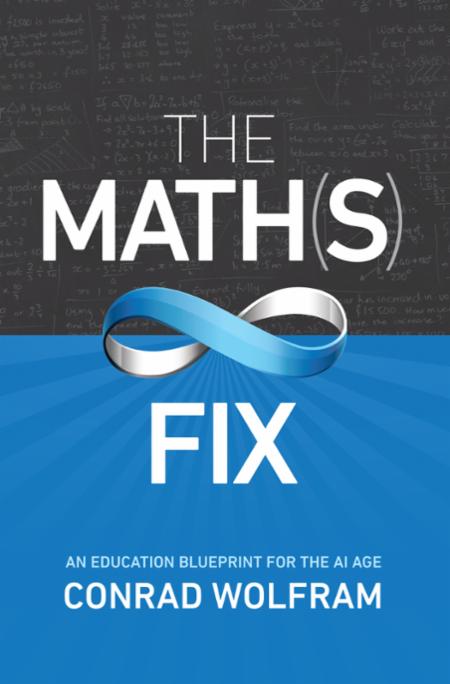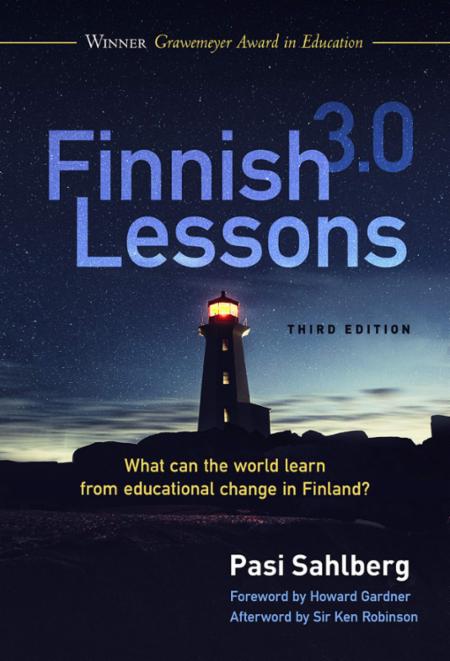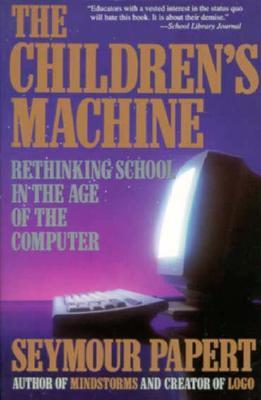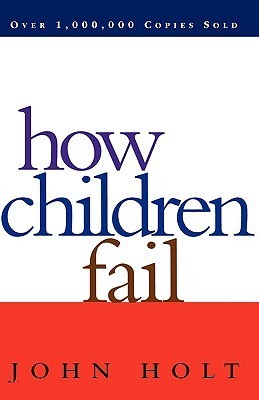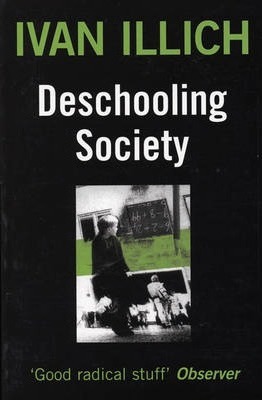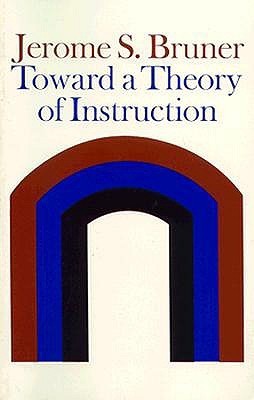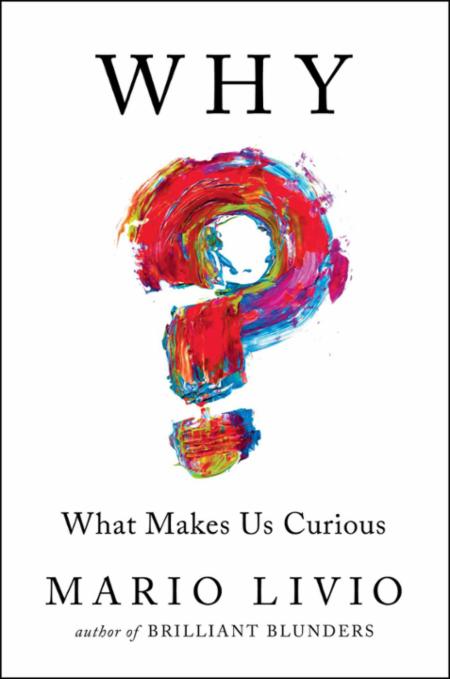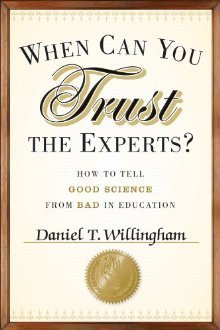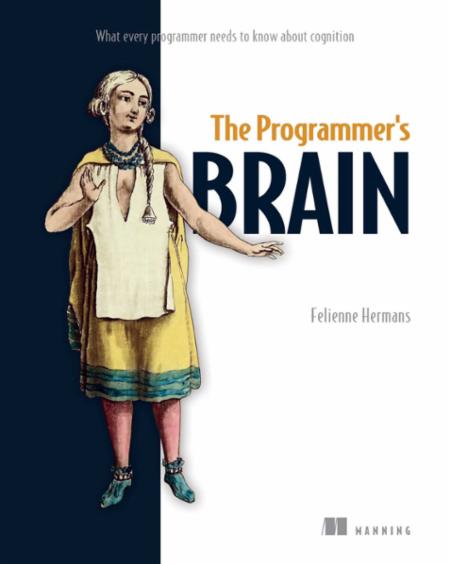Library 📕🎮🎥
Books, Games, and Videos with Insights About Learning
The things on this page have been inspiring to me in my explorations into how to design learning experiences. If anything on this page resonates with you, feel free to leave a comment or reach out to me directly! I'd like to meet more people who are interested in discussing or exploring these kinds of ideas.
Perspectives on Learning
An assortment of books about learning. Some are thought-provoking ambitious visions of what learning could be like while others are focused on a specific aspect of learning such as memory or flow.
Childern learn powerful ideas by writing Logo programs in the pursuit of personally meaningful projects in an environment designed with intense attention paid to how children learn and the strengths of computers over older mediums.
The book is full of thought-provoking ideas.
To quote Bret Victor: "If you are going to design anything whatsoever related to learning, then you literally need to read Mindstorms."
The tremendous potential impact of a computational literacy. New literacies enable people to think previously inconceivable thoughts. Written language led to the development of science and new forms of government.
Includes numerous examples of middle school students learning physics using Boxer, a prototype computational medium. In older mediums, these ideas weren't accessible to students until they reached high school.
As far as I can tell, the author's vision of a computational literacy has yet to be realized.
The best way to cultivate creativity is to support people working on projects based on their passions in collaboration with peers and in a playful spirit. Includes many examples from Scratch, a programming language and community, which was designed using these principles to facilitate developing children into creative thinkers.
Kindergarten was originally about hands-on exploration, investigation, joy, and love of learning. The rest of school, and life in general, would benefit from being more like kindergarten.
Occasionally the team runs a related Learning Creative Learning online event.
The part of the brain that plays tennis doesn't understand language so speaking to it is ineffective at best and harmful at worst.
A plan for a public high school in Somerville, MA. A core goal was to turn each student into an independent investigator so they develop the capability to decide what interests them, how they'll go about learning it, what resources they'll use, what projects they'll do, and what experts they'll contact for critiquing their work. Each student would work with gradually increasing amounts of autonomy and on projects of increasing scale. They wanted every graduate to have completed a 1,000 hour project.
The plan ended up being rejected by the committe but some of its authors are currently exploring their ideas at Powderhouse. See also this 2022 podcast interview with Alec Resnick, a co-author of the plan and Powderhouse.
An overview of the history, philosophy, and current state of unschooling. Includes numerous examples of unschooling organizations and stories of kids who were educated in unschooling environments.
Key characteristics of unschooling are self-direction and the prioritization of the learner's interests. The learner decides what they want to learn, how they want to learn it, and how long they want to spend on it.
Do kids in unschooling environments have a fundamentally different attitude towards learning than kids in traditional schools? Are unschooled kids more likely to view learning as enjoyable and as a choice? Are traditionally schooled kids more likely to view it as a chore and compulsory?
An overview of ineffective and effective practical techniques for retaining information in memory by researchers who have dedicated their careers to studying this. Attempting to recall information is effective while rereading and highlighting are not.
All about deliberate practice and how it's used to obtain the highest levels of expertise. Written by a pioneer of the field.
All about fixed mindsets and growth mindsets from a key researcher in the field. The feature that distinguishes the mindsets is whether or not you believe you can get better at a specific thing through hard work.
An ideal growth mindset means that mistakes and feedback are not upsetting; the absence of feedback is upsetting — "I put all this time into this project and I hardly grew at all because nobody gave me any advice on how I can improve!"
I initially found these ideas to be uninteresting because I thought to myself "of course I believe I can improve and so I already have a growth mindset!" I later realized this attitude showed I had a fixed mindset about my growth mindset!
When you experience the psychological state of flow, you are so immersed in what you're doing that you lose your sense of time. It occurs when you are engaged in an activity that is at the edge of your abilities.
This book is a collection of research that investigates education from the lens of flow. Its author is a pioneer in the field who recognized and named the concept of flow.
Montessori
Maria Montessori opened the first Montessori school in 1907. She dedicated the remaining 45 years of her career to developing her ideas on learning through the Montessori schools, focusing primarily on ages 2.5 through 12. This is a notable practical example of work on learning that was the product of a singular cohesive vision of a single individual over an extensive period of time.
The book Montessori: The Science Behind the Genius investigated nine of her principles and found that they are quite consistent with the findings of modern research.
The book distills nine principles from the design of Montessori schools such as an emphasis on the child's interests and an avoidance of extrinsic rewards. It dedicates an entire chapter to each principle and what modern research has to say about it. Lastly, it describes the studies that do the best job of investigating the overall effectiveness of Montessori schools.
The author has also presented her ideas as a series of talks.
This biography taught me what Maria Montessori did and why which was helpful context for understanding the ideas in Montessori schools.
Design
The way that information and skills are represented impacts how easy they are to learn. For example, base 10 blocks and other manipulatives are used in the learning of mathematics. Consequently, it's interesting to study disciplines that focus on designing representations. In particular, I find these to be relevant:
- Graphic design is the art of conveying a message on a two-dimensional surface. (from Magic Ink)
- Industrial design is the art of arranging and shaping a physical product so it can be manipulated by a person. (from Magic Ink)
- Interaction design is the art of designing the behavior of complex interactive systems. (from About Face)
An overview of many design ideas with examples from familiar products. How could your stove knobs be arranged to decrease the chance that you'll turn on the wrong burner?
A thought-provoking paper about the design of user interfaces. It argues that most software is informational and should be approached as a graphic design project. Interactivity is a curse for users and should be avoided.
Describes the value of interaction design and the problems it's intended to solve.
A thorough overview of interaction design.
Autobiography of an influential industrial designer. Gave me insight into what industrial designers do and how they think.
Game Design
I'm a big believer that, to communicate complex things to people, games are actually a good way to do that. But that kind of game would be, if we follow that line of research, you'd probably end up with something pretty different from what we currently have, from what most games are. ... That's a big well of untapped potential that would be cool to play with.
If learning by doing is an effective way of learning, then games seem like a promising approach for creating environments in which people can learn experientially.
I'm especially interested in game designs that focus on fostering curiosity & interest, the pleasure of discovery, communicating experientially rather than through words, and intrinsic motivation (like curiosity) instead of extrinsic motivation (like acquiring points).
Exemplary Game Design
Great games that exemplify strengths of games as a medium for learning.
Nonlinguistic communication. Without encountering a single written or spoken word, players spend tens of hours exploring the implications of abstract ideas through solving puzzles. The game's first puzzle introduces an initial abstract idea and every puzzle explores variations of it to different levels of depth.
Deep epiphany. Players that pay enough attention will eventually make an exciting major discovery about the game.
Curiosity-driven space exploration. Game design explores how to motivate the player solely by curiosity and reward them solely with knowledge. No extrinsic rewards.
A puzzle game about teleportation via portals. Teaches the player experientially through careful level design rather than through linguistic instruction.
A short game that takes 3 hours to complete.
Includes optional developer commentary which provides insights into the game design.
A puzzle game that teaches the player experientally rather than through linguistic instruction.
A puzzle game about real concepts from digital circuits. A brief tutorial introduces each of the game's components such as logic gates (NOT, OR, AND), flip-flops, delays, and clocks. Each part of the tutorial consists of a brief textual description accompanied by a short task to try with the component.
The puzzles gradually increase in complexity. I'm still stumped by a couple of them.
A short game that takes a few hours to complete.
You can play Rocky's Boots in your browser.
About Game Design
A thoughtful tour through various aspects of game design. I was especially interested in its sections on player motivation, communicating with the player without words, and the deep relationship between games and emotions.
Many game designs are focused on fun but fun is just one of many possible emotions. What would a game look like that, instead of prioritizing fun, intensely focused on evoking wonder, a sense of accomplishment, or triumph?
A thought-provoking talk by a skilled game designer whose games include Braid and The Witness.
Video games are a relatively new medium and we still have much exploration to do to figure out their strengths for communicating ideas.
A video tour of examples from the Mega Man games of how the they teach the player experientially through careful level design rather than through linguistic instruction.
The games don't directly tell the player how to play. The games are designed so the player can teach themselves how to play.
A talk about designing games that teach the player how to play without using any text.
Emotion
What emotions do you want your learning experience to evoke? Do you want the learner to feel bored, frustrated, overwhelmed? Empowered, curious, driven, a sense of achievement? These books are about emotions, how they're evoked, and the impact they have.
An overview of products and the emotions they evoke.
In the early 1950s, Betty Crocker Company introduced a cake mix that required minimal effort: add water, mix, and bake. It failed and market researchers concluded that the problem was with the user's emotional connection to the product: making the cake was too easy. The user felt no sense of accomplishment. Betty Crocker solved the problem by requiring an egg to be added to the cake mix, increasing the user's sense of accomplishment.
Motivation
These books are about self-determination theory which I have found to be consistent with my personal experiences: my most fulfilling and long-lasting learning experiences have been driven by intrinsic rewards like curiosity and the pleasure of making things. Whereas when my learning has involved extrinsic rewards like grades, I tended to focus on the reward at the expense of the learning. My dedication to the topic lasted only until I received my final letter grade.
Self-determination theory has found the following factors to be key psychological human needs. The presence of these is important for a person's motivation:
- Autonomy. The opportunity to make decisions for yourself.
- Competence. The opportunity to improve your skills and knowledge.
- Connectedness. The opportunity to connect with others that share your interests.
The author is a co-founder of self-determination theory.
A tour of the ideas of self-determination theory applied to the contexts of school, parenting, and the workplace.
Interesting Pedagogy
Each of these uses an interesting approach for teaching its content.
Through exploration and play, children make discoveries for themselves about powerful ideas such as acceleration and gravity. They act and think like scientists. They experience the joy and excitement of finding things out.
They use Etoys, a versatile software tool designed for this style of learning. Whenever a learner has a question, they don't have to wait for a teacher to answer it. Instead, they can often answer their own question through building and running a small experiment in Etoys and seeing what happens.
It's a short book (87 pages).
For a demo of some of the activities, see this talk by Alan Kay (21:36 to end of video).
Entirely written as a Socratic dialogue. Learners are constantly answering tiny questions rather than just passively reading.
Teaches deep learning from scratch. Begins with plotting a line and concludes with a neural network for decoding morse code that is communicated with a flashlight. The reader can study every line of code.
Well-paced. Questions take at most a few minutes to answer. Functions are at most ~10 lines. Chapters are at most 15 pages.
The book has personality. It contains humorous chapter titles and drawings. Every chapter concludes with a dessert recommendation.
Daniel P. Friedman has written a whole series of books in a similar style.
A hybrid novel and math book. Intended for the reader to see the joys and struggles of creating new mathematics.
The characters hit some of the same dead-end ideas as the author did when he was working out the mathematics of surreal numbers for himself.
Turtle geometry is a mathematics designed for exploration. Learners engage in genuine and significant mathematical discovery — even the authors don't know what learners will discover!
Designed for agency, learners are encouraged to deviate from the book to pursue their own ideas and projects.
Ideas are represented as computer programs rather than traditional mathematical notation, aligning more closely with intuitive modes of thought.
Begins with simple ideas and concludes with a final chapter exploring ideas from general relativity.
They published a free online copy.
A classical mechanics book exploring the motion of systems through simulation and experiment.
Ideas are represented as computer programs rather than traditional mathematical notation. This aids understanding by avoiding the ambiguous meaning of symbols present in traditional notation. This enables the exploration of more sophisticated phenomena that aren't symbolically tractable, including recent discoveries.
Focuses on understanding motion rather than deriving equations of motion.
They published a free online copy.
Sussman wrote a book in a similar style about the mathematics needed for a deep understanding of general relativity and quantum field theory: Functional Differential Geometry.
A constructionist approach to the study of decentralized systems: design, construct, explore, and play with such systems.
Ideas are represented as computer programs written in StarLogo, an extension of Logo designed for the study of decentralized systems. Program the behavior of individual creatures and observe the overall behavior of the population that arises from the interactions among the individual creatures.
The book explores several domains but StarLogo is a versatile tool designed for agency and the learner can use it to explore whatever domains they find interesting.
A free introduction to quantum computing and quantum mechanics.
A mixture of an essay, which introduces the ideas, and spaced-repetition, which enables the reader to remember the information for as long as they like.
They call this approach the mnemonic medium.
Places
Each of these places provides an interesting environment for learning things. Some are designed specifically for learning while others are designed for real-world work.
A self-directed learning environment for programmers. There aren't any teachers, curricula, exams, grades, or diplomas. Each attendee dedicates 6 to 12 weeks full-time to this environment, exploring whatever interests them. They are surrounded by dozens of others who are doing the same. There are plenty of opportunities to find others with common interests allowing you to share your expertise, learn from others, and collaborate on projects.
A long-term project to find a humane medium for thought. A medium that enables humans to leverage all of their senses and capabilities. When thinking with computers in their current form, we mostly use our eyes and our fingers. Many of the human capabilities remain underutilized, including the spatial sense, the kinesthetic sense, the incredible versatility of the hands, and the fine-grained sensitivity of the fingertips, to name a few.
A medium that enables humans to make full use of the best tools, like computation. Thinking about dynamic models with current computers requires hours or days of programming. We need to be able to author them in realtime so that our conversations are not limitted to spoken language.
See Communal computing for 21st-century science (2023): paper or video.
🚧 Yet To Be Categorized
Other books that I still need to categorize and describe.
 View Comments
View Comments





